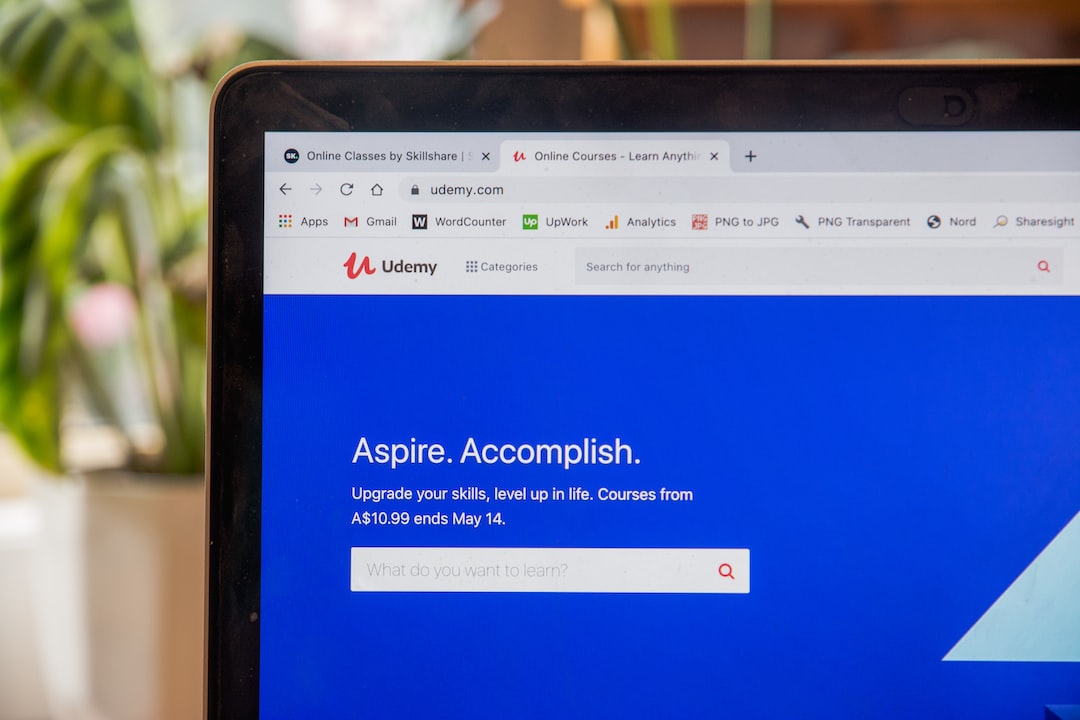Overcoming Common Challenges in E-Learning
In recent years, e-learning has become a prevalent form of education across the globe. With the advancement of technology, learners are no longer bound by physical classrooms and can access information from the comfort of their homes. While e-learning offers countless benefits, it comes with its fair share of challenges as well. In this blog post, we will discuss some of the common hurdles faced in e-learning and how to overcome them.
1. Lack of face-to-face interaction: One of the most significant challenges in e-learning is the absence of in-person interaction between learners and instructors. Traditional classrooms foster discussions, debates, and personalized attention, which can be difficult to replicate online. However, technology now provides various solutions to this problem. Virtual classrooms, discussion boards, and video conferences are some tools that can help bridge the gap. Educators must actively encourage interaction and facilitate engagement to create an inclusive learning environment.
2. Technical difficulties: Another recurrent challenge in e-learning is technical glitches and unfamiliarity with digital tools. Not all learners may be tech-savvy, and issues like poor internet connectivity, platform compatibility, or device limitations can hinder the learning process. Educators should provide clear instructions, technical support, and alternative options for accessing course materials. Regular check-ins and troubleshooting sessions can help learners overcome technical difficulties and ensure a smooth learning experience.
3. Self-discipline and motivation: E-learning requires a higher level of self-discipline and motivation compared to traditional classroom learning. The absence of a physical setting and direct supervision can lead to procrastination and a lack of focus. To overcome this challenge, learners should establish a structured routine, set goals, and create a dedicated learning space. Additionally, instructors should design courses that are engaging and interactive, incorporating multimedia elements and real-life examples to keep learners motivated. Regular feedback and incentives can also boost learners’ self-discipline and drive.
4. Limited social interaction and networking: Classroom settings provide opportunities for students to connect with their peers and build a social network. In e-learning, this aspect is often missing. However, with the emergence of online communities and social media platforms, learners can still interact and collaborate virtually. Instructors can encourage group projects, discussions, and online forums to facilitate social interaction. Networking events, guest speakers, and virtual conferences can also help learners expand their professional network beyond the confines of a physical classroom.
5. Access and equity: One of the significant challenges in e-learning is ensuring equal access to education for all, regardless of socio-economic backgrounds or geographic locations. Not all learners have the necessary devices, stable internet connections, or financial means to participate in e-learning. To address this issue, educators and institutions should strive to provide affordable or free access to learning materials, offer scholarships or grants for underprivileged students, and explore partnerships with organizations that can provide support in terms of technology and connectivity.
6. Evaluating learning outcomes: Assessing the effectiveness of online learning is often a challenge due to the lack of traditional assessment methods such as exams, quizzes, and face-to-face discussions. However, there are various alternative assessment strategies available in e-learning. Project-based assignments, online quizzes, self-assessment, and peer review can be effective tools for evaluating learning outcomes. Instructors should design assessments that align with the learning objectives and provide timely feedback to guide learners in their progress.
7. Technological updates and adaptation: Technology is constantly evolving, and e-learning platforms and tools need regular updates and adaptation. Educators must stay updated with the latest advancements in e-learning technologies and be willing to embrace change. Institutions should provide training and development opportunities for educators to enhance their technical skills and ensure the effective use of e-learning tools. Regular feedback from learners can also help identify areas for improvement and drive technological updates.
In conclusion, while e-learning offers immense potential in expanding access to education, it also poses unique challenges. By embracing innovative solutions, fostering interaction and engagement, and addressing issues like technical difficulties and access, educators can overcome these hurdles and create a successful e-learning environment. As technology continues to advance, e-learning will undoubtedly stand at the forefront of education, transforming the way we learn and grow as lifelong learners.


